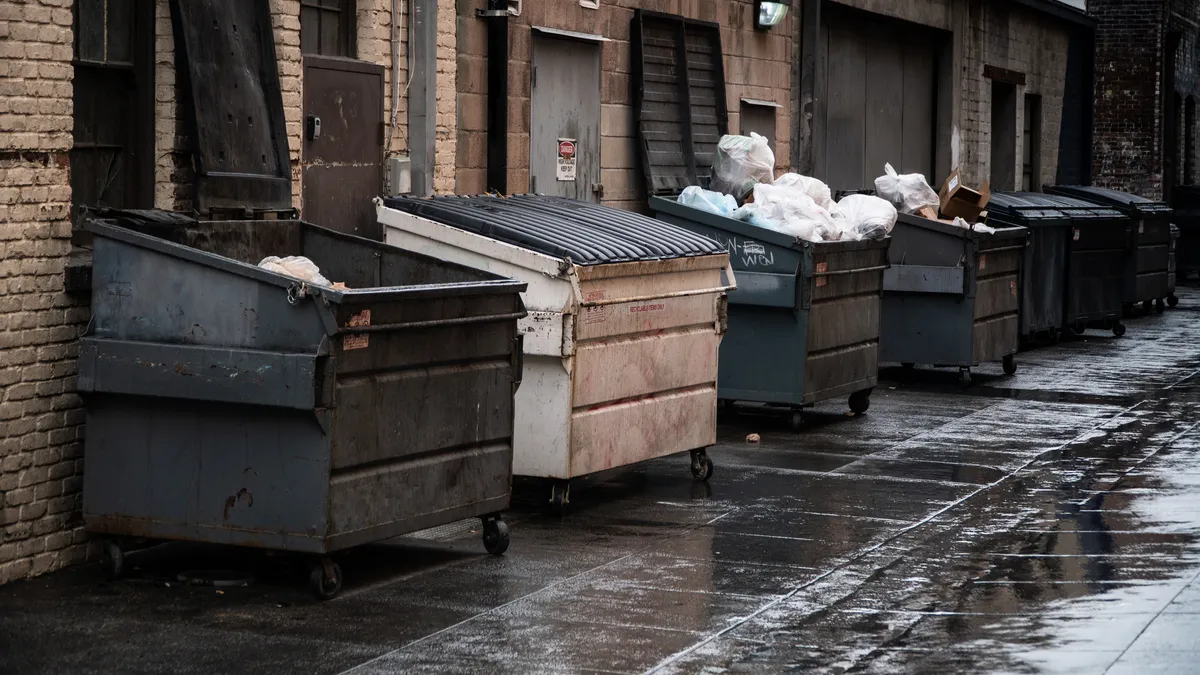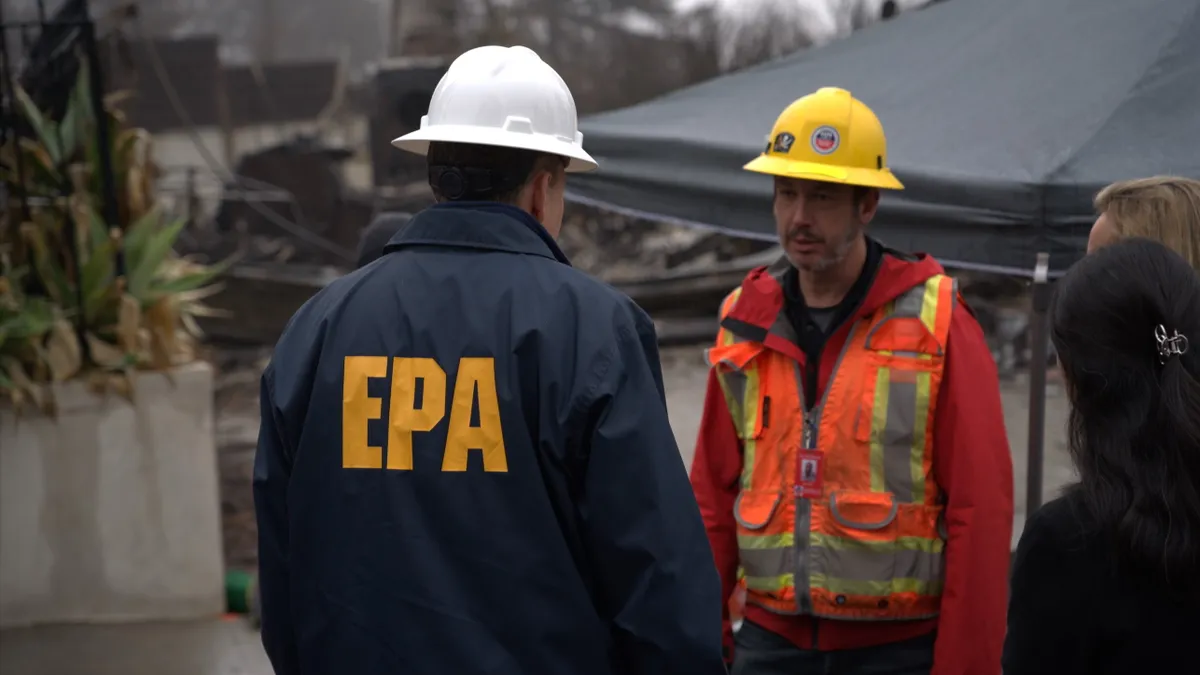By the afternoon of June 13, three industry workers had suffered fatal injuries in unrelated incidents across as many states.
With collection workers continuing to remain in the top five most dangerous occupations year after year, and injury rates for most industry jobs still higher than the national average, it remains hard to show forward momentum. Coupled with other recent non-fatal incidents, these June fatalities are making progress look even more tenuous. All deaths remain under investigation and don't appear to share common causes — but they serve as the latest reminder that 2019 may go down as a bad year for worker safety.
It started in Honea Path, South Carolina just after 6 a.m., when, while walking alongside a collection truck going in reverse, municipal worker Richard Ernest Smith fell under and was crushed by the wheels. WHNS and local outlets have reported he died at an area hospital within the hour.
South Carolina's State Law Enforcement Division has been asked to investigate subsequent reports that Smith may have been bullied at work due to certain disabilities, according to the Greenville News and others.
That afternoon, in Derwood, Maryland, Gladis Loren Melendrez Fuentes was crushed under a pile of yard waste at a transfer station owned by Montgomery County. According to FOX 5 DC and others, Fuentes was a subcontractor for Maryland Environmental Services. She had reportedly been buried for at least 15 minutes before emergency crews arrived at around 1:40 pm, pronouncing her dead at the scene. A local investigation is also ongoing.
Shortly after, in Germantown, Tennessee, E-PLEX truck driver Marco Brooks was critically injured when his vehicle collided with an oncoming train. According to FOX 13 and others, Brooks died at an area hospital. No one else was injured, but more than a dozen derailed train cars shut down the road for hours.
The connection of these three events is coincidental. Fatal and non-fatal safety incidents can happen at any time in the waste and recycling industry, given the dynamic nature of most work environments.
In fact, on that same morning, a collection worker with New York's Department of Sanitation was injured by shrapnel from what NBC New York reports may have been an exploding helium tank. A few days later, as reported by the Capital Gazette, two collection workers in Anne Arundel County, Maryland ended up in the hospital after their driver crashed into a utility pole to make way for oncoming traffic.
Based on statistics, it's likely that further incidents have occurred in the days since. For industry professionals that track this issue, these stories are the latest reminder of why maintaining safe working conditions is an ongoing struggle.
"Overall, it shows what our drivers and our industry is facing and how we have to be vigilant from the time we get out of the yard to the time we get back into the yard," Kirk Sander, NWRA's vice president of safety and standards, told Waste Dive.
Due to the nature of ongoing investigations, it's too soon to know clear causes. Initial reactions, however, emphasized industry safety programs have to be multi-faceted.
"None of them involved a distracted driver hitting a collection worker. [Slow Down to Get Around] or Move Over wouldn't have prevented any of them. The lithium batteries that receive so much attention for the fire risks they pose when disposed improperly didn't contribute to these three worker fatalities," said SWANA CEO David Biderman. "We need to re-commit to basic safety principles with a particular focus on small haulers and municipalities, who often lack sufficient safety resources."
NWRA, which tends to represents larger companies with more well-resourced safety programs, agreed this string of incidents points to the need for more prioritization of foundational values.
"I think it’s a culture issue," said Sander. "That's where you have to start, to instill that every action you do is part of what is happening at the company."
Following a recent safety committee meeting at WasteExpo, NWRA is focusing on discussions about a potential new data collection program to help provide further context around fatal and non-fatal incidents. While anecdotal data from members points to 2019 potentially being a worse year in one or both categories, the association says it doesn't have enough information to draw that conclusion.
Biderman said SWANA supports further data collection efforts and plans to release a mid-year safety report in July. SWANA reports on fatalities in 2018 as well as Jan. 2019 preview rates that may be worse than usual. One early indicator is insurance premiums, which continue to rise for industry service providers across the board.
"From my perspective it is too soon to say, but indicators are that it will not be a favorable year for the industry," Nathan Brainard, vice president of the Insurance Office of America's environmental division, told Waste Dive via email.
According to the Bureau of Labor Statistics (BLS), 63 workers in the "waste management and remediation services" category died on the job in 2017. 2018 BLS data for injuries and illnesses is slated for a November release, followed by fatalities in December. BLS won't release 2019 data for either category until the end of 2020.






















